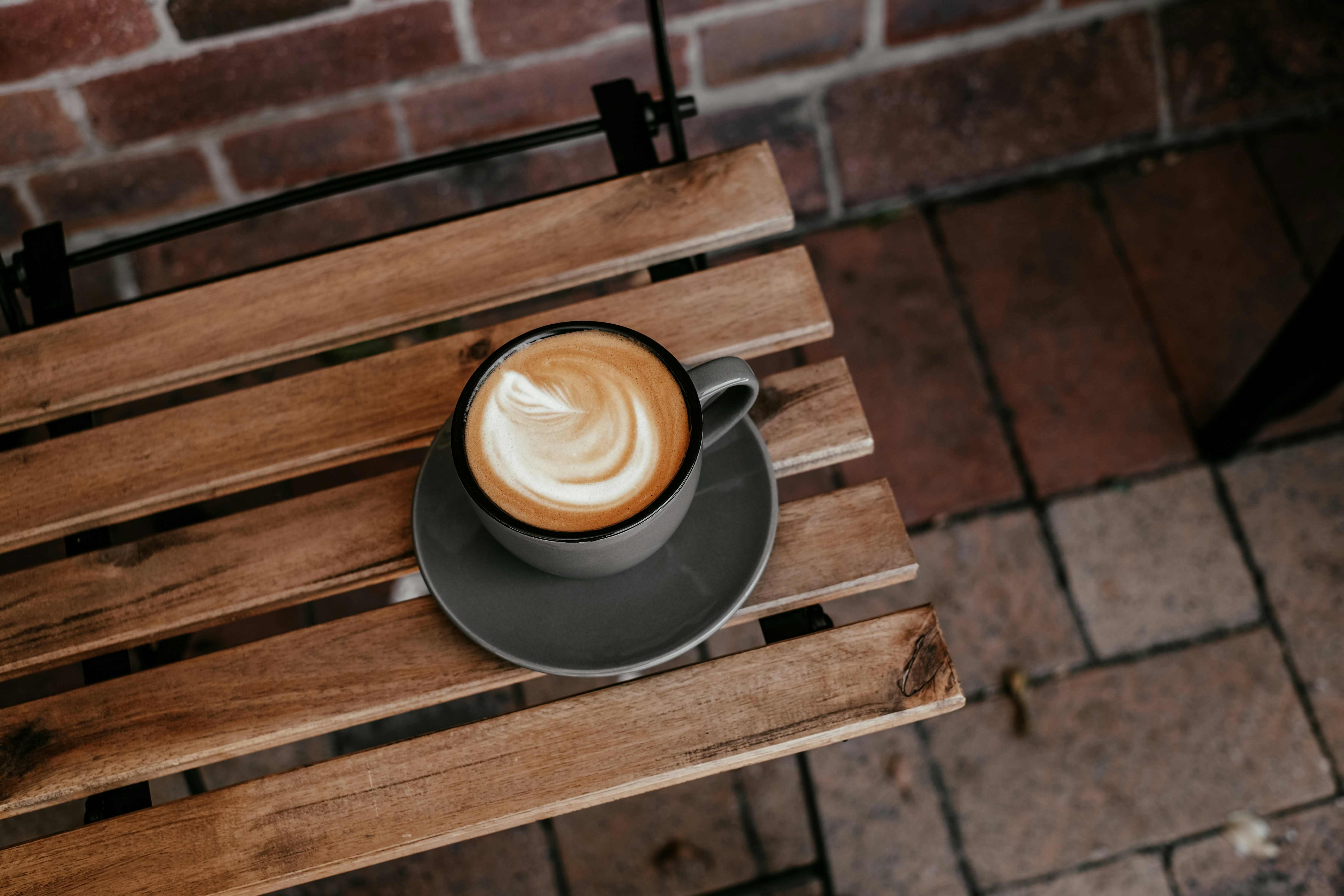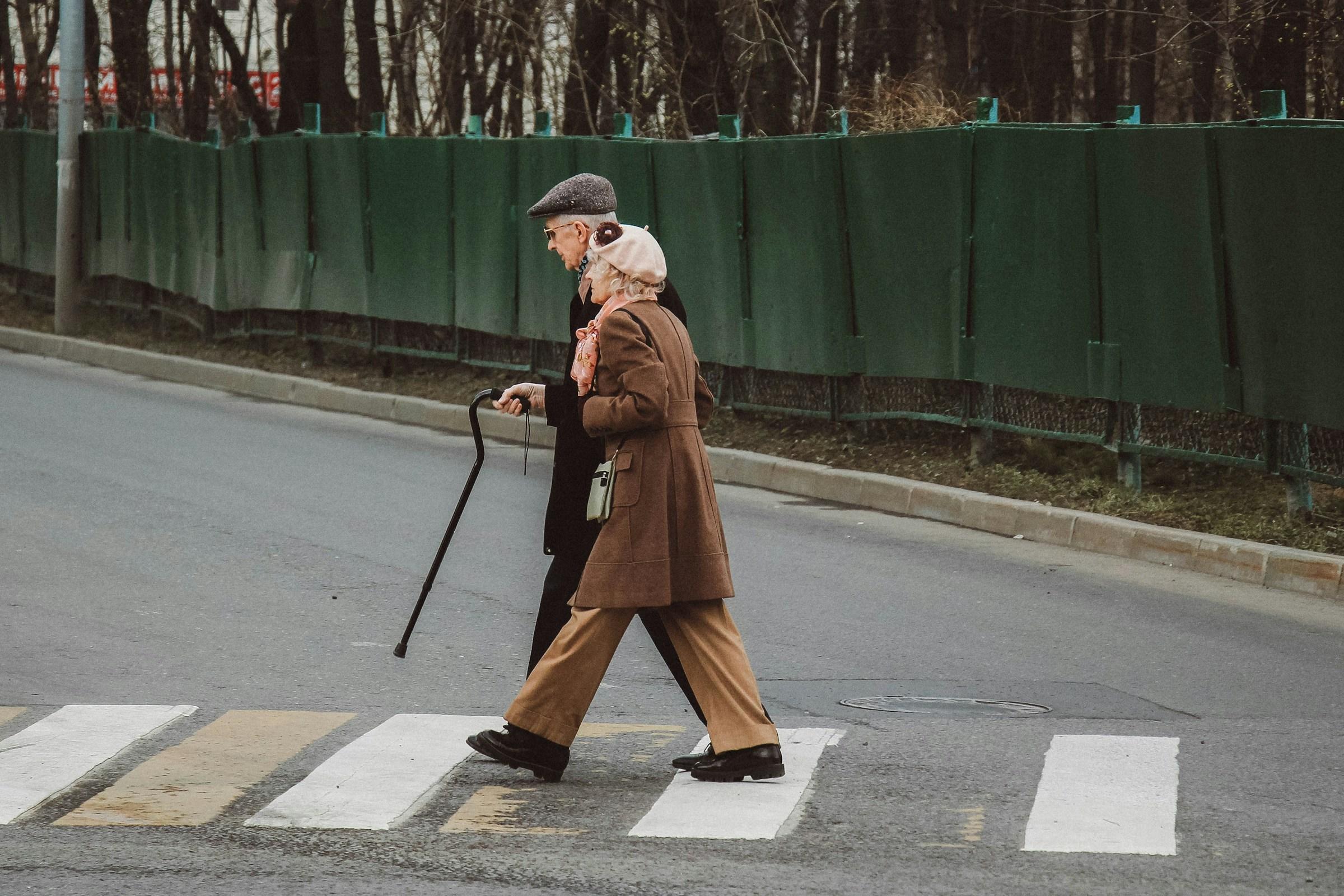For many professionals, the first sip of morning coffee is more than a caffeine hit. It marks the start of the day, the moment the brain is allowed to wake up properly, the quiet ritual that makes the commute or the first meeting feel bearable. At the same time, you have probably seen charts online that blame coffee for delayed savings and smaller investment portfolios, where someone multiplies a five or six dollar drink over decades and concludes that your latte is the reason you are not financially free. Those numbers can look convincing and may leave you with a sense of guilt every time you tap your card at the café.
Instead of asking whether coffee is “good” or “bad,” it is more helpful to ask how this habit fits into your wider financial life. Does your morning coffee support the kind of day that allows you to earn, think, and live well, or is it quietly crowding out other goals that matter more to you over the next five, ten, or twenty years? When you shift the question from judgment to alignment, it becomes easier to enjoy your coffee without feeling that you are overspending or sabotaging your future.
To understand the impact properly, it helps to look at the numbers in a calm and practical way. Imagine a typical city routine. You buy one café coffee on the way to work, four days a week, at around six dollars each. That works out to twenty four dollars a week, roughly one hundred dollars a month. For some people, that hundred dollars is a small slice of their flexible spending and sits comfortably within their budget. For others, especially if rent, childcare, or loan repayments are heavy, one hundred dollars a month feels like the difference between saving steadily and feeling forever behind. Coffee is rarely the only factor, but it is a visible and adjustable piece of the picture.
The important shift is to move away from dramatic labels like “this is ruining my finances” and toward a clear question: how much of my monthly cash flow am I truly comfortable allocating to this ritual? Once you define a reasonable amount, the conversation stops being emotional and becomes practical. You are no longer arguing with yourself about every purchase. Instead, you are deciding how to arrange your spending within boundaries you chose.
A useful way to do this is to place coffee in the correct spending bucket. You can think of your money in three broad categories. The first bucket holds essentials such as housing, utility bills, basic groceries, transport, insurance, and minimum loan repayments. The second bucket is flexible lifestyle spending, which covers things like dining out, streaming subscriptions, hobbies, and yes, your morning coffee. The third bucket is your future building category, which includes savings, investments, and any extra repayment you make on loans to clear them sooner.
Your morning coffee sits firmly in that second flexible bucket. It may feel emotionally essential, but financially it is a lifestyle choice that can be adjusted when needed. If you follow a structure similar to the familiar 50 30 20 style framework, where about half your income goes to essentials, about thirty percent to lifestyle, and about twenty percent to future building, your coffee habit simply lives inside that thirty percent. The more honestly you add it into that bucket, the less it can surprise you. You might find that your lifestyle bucket is, for example, 1,200 dollars a month. The real decision is then whether you are happy for around 100 of that 1,200 to go toward coffee, or whether you would prefer to use some of that amount for a different priority, such as travel savings, a skill course, or a nicer experience with friends once a month. There is no universal right answer, only the answer that matches your values and circumstances.
Because strict rules often backfire, it is usually more sustainable to set a gentle ceiling rather than impose a total ban. Late on a Sunday night, it can feel inspiring to declare that you will buy no more café coffee for the next three months. By midweek, after poor sleep and a difficult morning, you may give in and buy one anyway. Once the rule feels broken, it is easy to swing to the other extreme and overspend. A softer approach is to decide on a clear but realistic monthly limit. You might decide that fifty or sixty dollars a month on café coffee is enough, rather than one hundred and twenty. That might translate into two or three café coffees a week instead of five, with the rest made at home or in the office pantry. Over the course of a year, that adjustment frees up hundreds of dollars, which can be redirected towards an emergency fund, a short term goal, or investments, but you still keep the pleasant ritual in your life.
Beyond setting a ceiling, you can also play with the idea of everyday coffee versus upgraded coffee. Everyday coffee is the functional cup that helps you start the day. This could be brewed at home, made with a capsule machine, bought from a cheaper stall, or poured from the office pantry. Upgraded coffee is the slower, more indulgent version, perhaps on a weekend, during a relaxed catch up with a friend, or at a specialty café you genuinely enjoy. If most of your week runs on the everyday version and you reserve the upgraded experience for one or two intentional moments, your total spending falls while your sense of enjoyment may rise. The treat remains special instead of becoming an automatic, rushed purchase you barely taste between emails.
Designing your week in this way also changes how you experience those more expensive coffees. On the days when you sit down for an upgraded drink, you may find yourself more present. You might bring a book, write some reflections about your week, or talk properly with someone you care about. In those moments, you are paying not just for the drink but for the quality of attention that surrounds it. The money feels better spent because you notice it, rather than swallowing it quickly on a crowded train platform.
To keep your coffee habit within your financial plan, you do not need a complicated spreadsheet that you will abandon after a week. You need small systems that gently guide you toward better defaults. One simple system is a separate coffee wallet. You can transfer a fixed amount, such as sixty dollars, into a specific account or e-wallet at the start of each month and only use that for café coffee. When the balance reaches zero, you move to home or office coffee for the rest of the month. This approach turns an abstract budget into something you can see and feel, which naturally makes you more selective about when to buy.
Another useful system is to link café coffee to specific conditions in your schedule. You might allow yourself café coffee on days with early client meetings, longer commutes, or intentionally planned deep work sessions where you arrive at the office earlier. On other days, you have coffee at home. This type of rule removes the constant micro decision of “should I or should I not,” because the answer was decided in advance.
Some people also like pairing coffee with a habit that directly supports their financial health. For example, you could turn your weekend latte into a small money check in, where you review the past week’s expenses for five minutes. Or you might set a standing instruction so that on the same day your salary comes in and you buy yourself a nice coffee, a fixed amount also flows straight into your investment account. This creates a new association: your treat is tied to taking care of your future self, rather than conflicting with it.
It is also worth noticing what your coffee habit might be compensating for. Sometimes increased coffee spending is less about love for the drink and more about coping with a tough reality. If you are constantly exhausted from late nights, overloaded with work, or emotionally drained, the café can feel like a tiny escape that fits neatly into your day. It becomes a socially acceptable way to take a break. When that is the case, cutting coffee expenses without addressing your sleep patterns, workload, or stress levels can feel hollow. You might save a bit, but you still feel just as tired and the change will be hard to maintain.
A few honest questions can be revealing. Do you buy more coffee when you sleep less? Would a slightly earlier bedtime, fewer screens before bed, or one protected evening each week without social plans make a bigger difference to your well being than changing from a six dollar coffee to a four dollar one? Are you using the café as your only form of break because your work culture makes other pauses feel unacceptable? If so, then part of the real work lies in adjusting your routines and boundaries, not just your spending on drinks. Coffee then becomes a useful indicator of underlying issues instead of the main villain.
When you look at your morning coffee through this wider lens, you may notice that the way you handle this small habit mirrors your approach to larger financial choices. If you often spend impulsively when stressed, that tendency does not stop at coffee. It can show up in online shopping, holiday upgrades, or car decisions. If you feel constant guilt over small pleasures, you may become overly cautious with investing, keeping too much of your money in low yielding cash because you are worried about making a mistake. By using your coffee habit as a training ground, you can practice a more balanced relationship with money: one that holds both awareness and kindness.
The goal is not perfection. You do not need to eliminate every enjoyable expense in order to build a strong financial future. What you need is clarity about how much you spend, gentle limits that you can respect, and small systems that support the life you want. When your coffee fits inside a budget you chose consciously, when you know which days you will indulge and which days you will keep it simple, and when your treat is paired with habits that build your future, the guilt fades. Your morning ritual becomes what it was meant to be a pleasant start to the day instead of a source of anxiety.
In that sense, enjoying your morning coffee without overspending is not about choosing between comfort today and security tomorrow. It is about aligning a small daily habit with the broader story of your life. You can keep the warmth of that first sip and the quiet comfort it brings, while also moving steadily toward the goals that matter most to you.
Thinking














